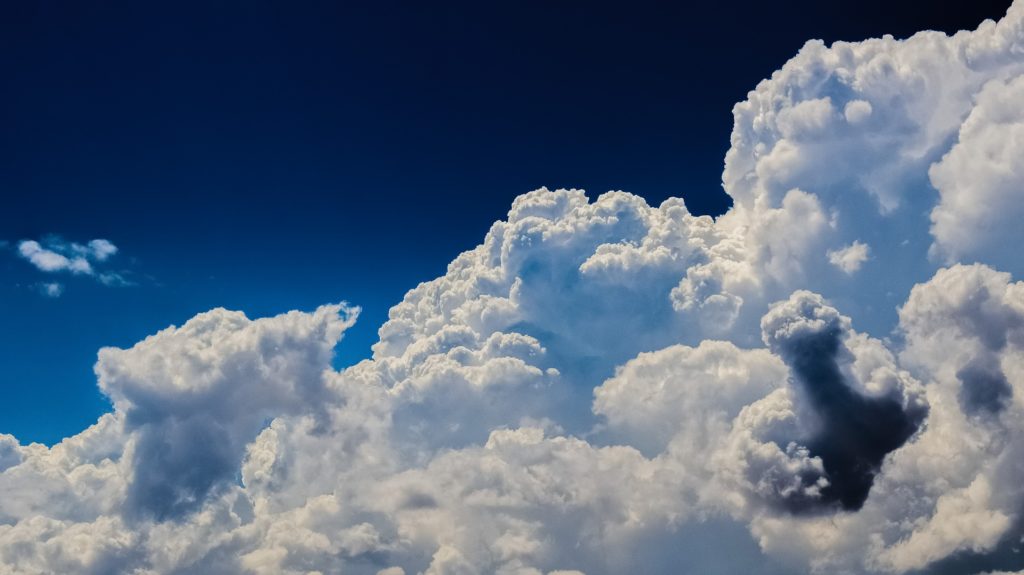How was Nature Designed?
Whatever our beliefs, when we look at the world around us, it’s difficult not to come to the conclusion that some sort of design is at play. We sit on a ball of rock, spinning and travelling around the sun at a speed of 1,000 miles per hour, flying through a dark, vast and largely empty space. On this rock, we find trees and rivers, animals and humans, and a diverse range of living and inanimate objects that go up to make the world in which we live and prosper.
But was nature designed? Or did it appear because of a random series of events and conditions?
The Concept of Intelligent Design
The notion that an intelligent force or entity is responsible for the design of nature is an old one. For creationists, a god that is responsible for the universe and the human race is an appealing explanation of our existence.
How else can you explain that flower, the bee that comes along and pollinates it and ensures that more of the species are propagated? What other reason could there be for a race of beings who are able to build homes and roads or think and reason to such a high degree? From the smallest thing, to the largest structure, there must be some intelligent hand involved.
But intelligent design is not just being advocated by creationists who believe in god but scientists who understand that there might be something else at work here rather than just a simple random set of circumstances.
The Goldilocks Effect
Many scientists point to the Goldilocks effect when it comes to life on planet Earth. We are just the right distance from the sun for the perfect circumstances to form life. There were just the right kinds of elements present that allowed organisms to develop and grow as the planet cooled.

We are just the right distance from the sun for the perfect circumstances to form life.
Design and Evolution
According to some, a series of random events led to the creation of life on Earth. This took place over billions of years and has finally led to the world we now live in. The first life developed from molecules, formed into microscopic cells and then became larger organisms. The theory of evolution says that we all developed from the same source but changed gradually over time. This is usually put down to small, genetic transformations that are passed onto the next generation of offspring and either succeed or fail depending on natural selection.
This is the kind of process that led certain apes to develop into humans while others stayed in the trees. It essentially says that we are here because of millions, even billions, of small events that were largely the result of chance.
Constructal Law
The laws of physics determine the shape and structure of things from the smallest bacteria and animal and plant life to inanimate objects such as mountains and the planet itself. The concept of constructal law was developed in the 1990s to answer the question of natural design and at its centre is the idea of flow at its most efficient. For instance, water falls from the sky in drops, forms puddles and rivers and streams which flow into lakes and seas. We developed tree like structures for our nervous system because this is the most efficient way to transmit electrical impulses – we see the same design in natural phenomenon such as lightening.

The theory of evolution says that we all developed from the same source but changed gradually over time
None of the different approaches to design in nature answers fully the questions of why we are here and why things look or behave the way they do. Perhaps we will never truly understand. It remains, however, one of the most important questions that theologians and scientists are striving to answer.
